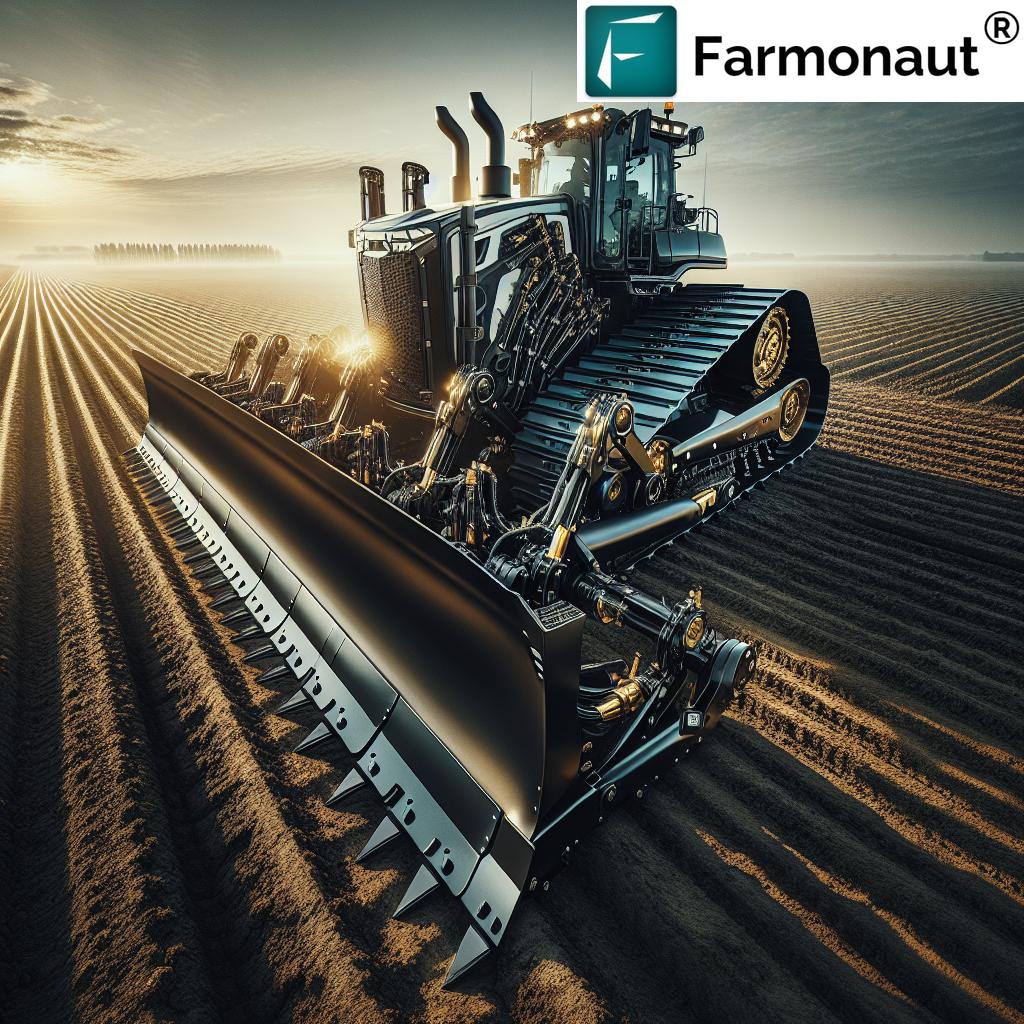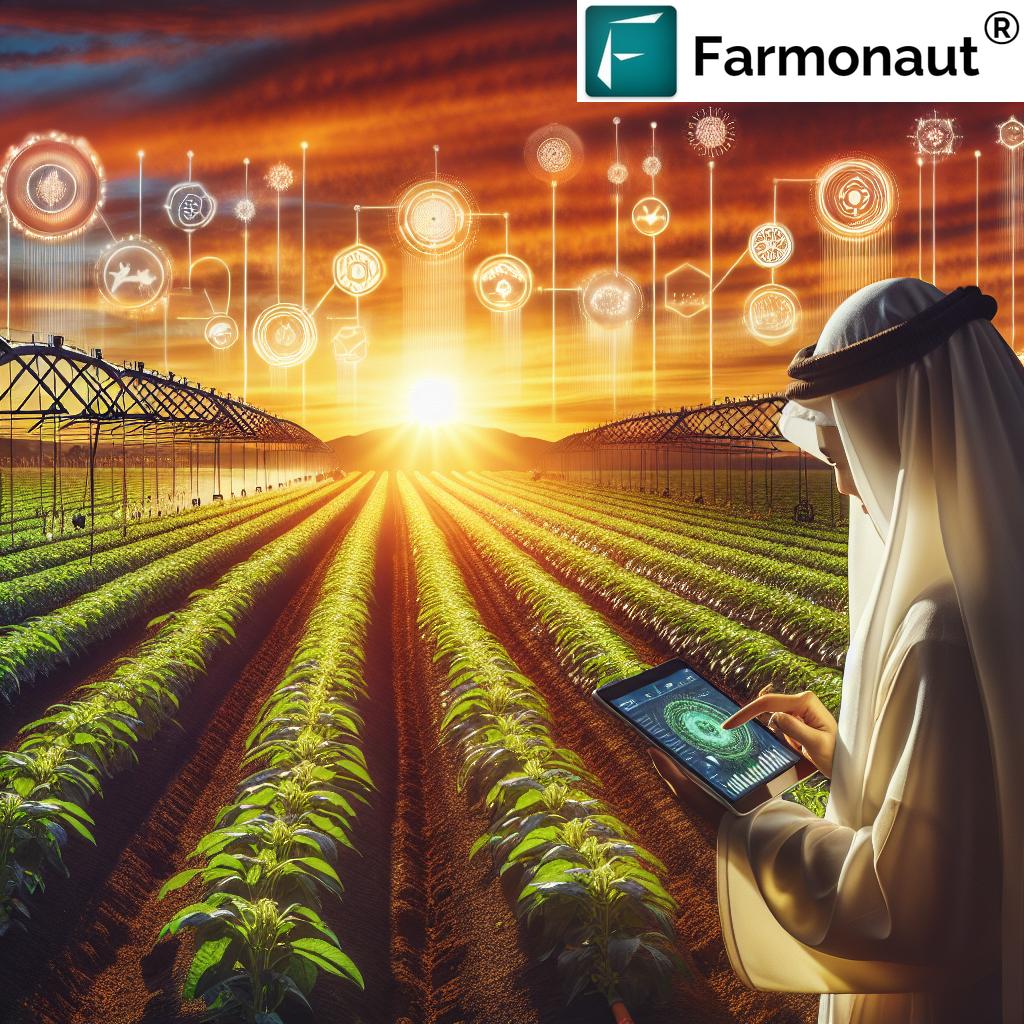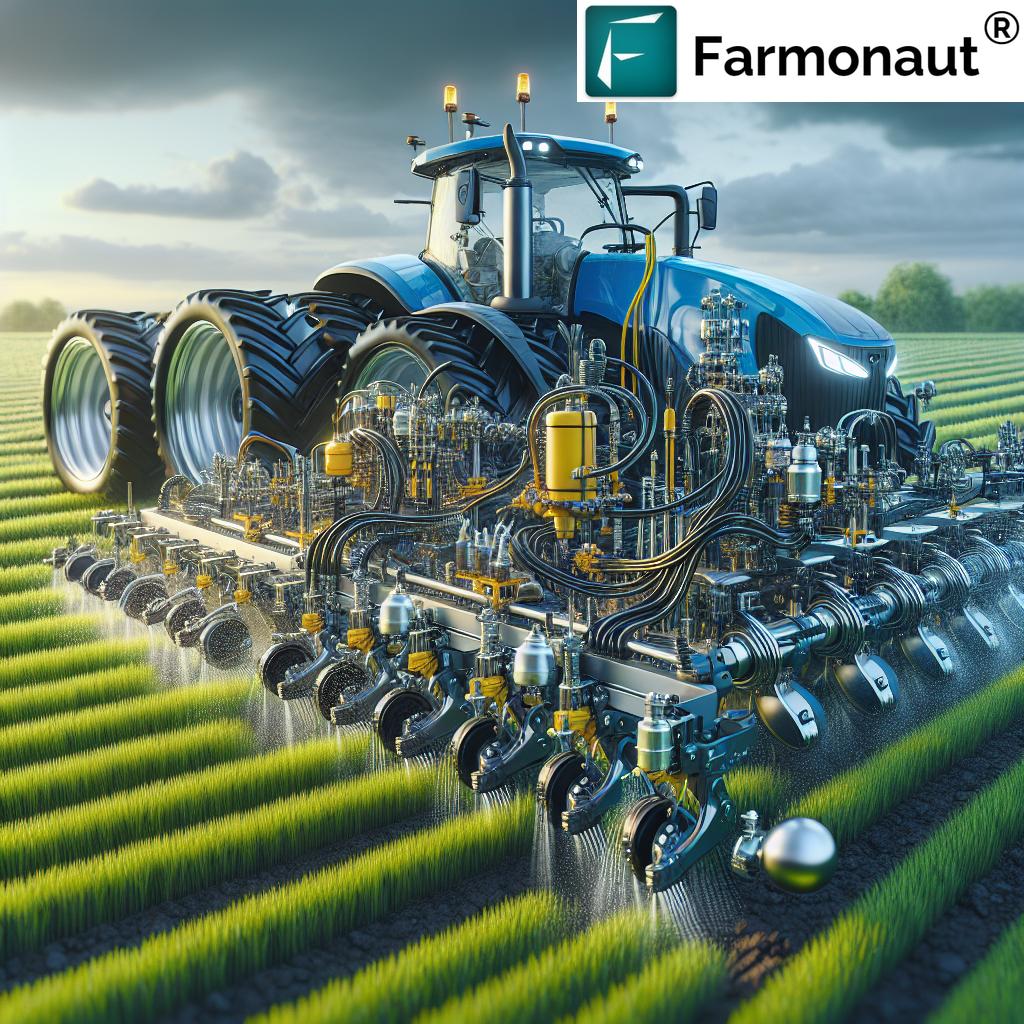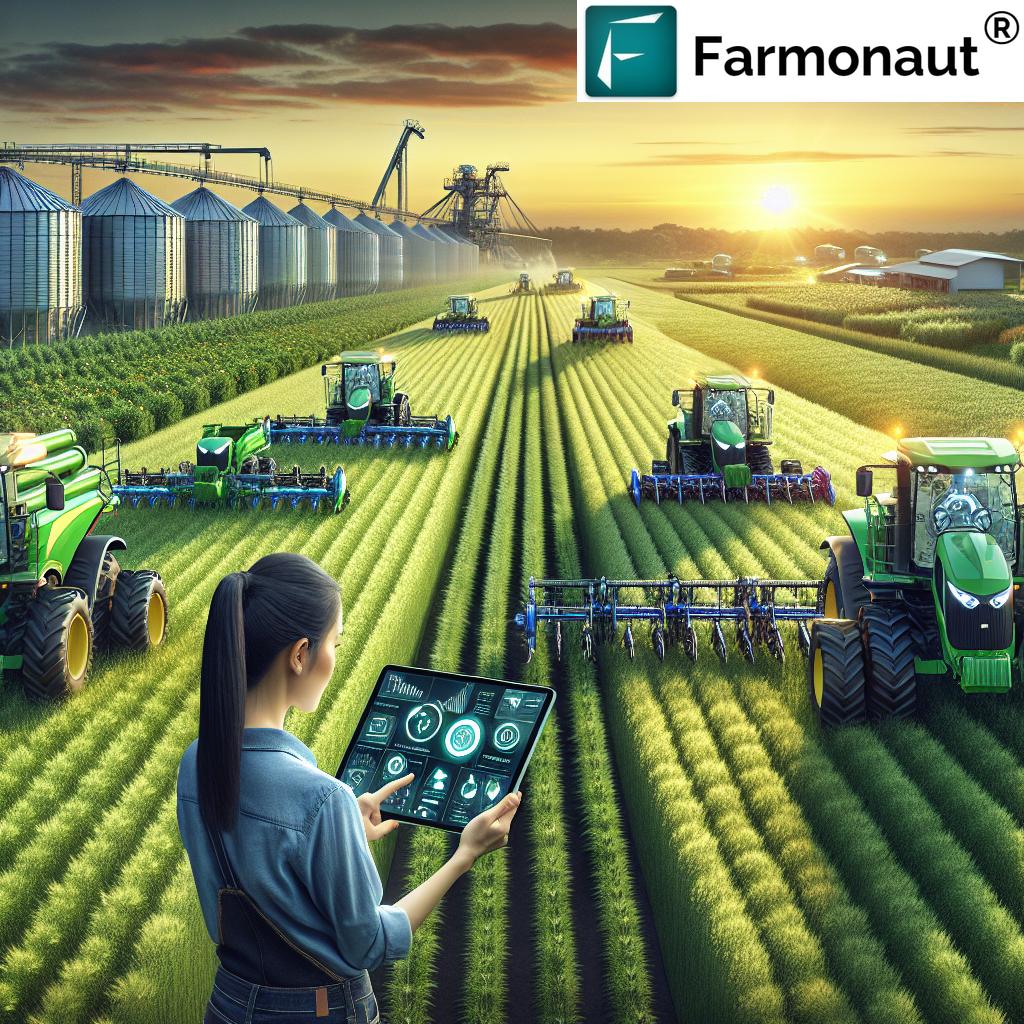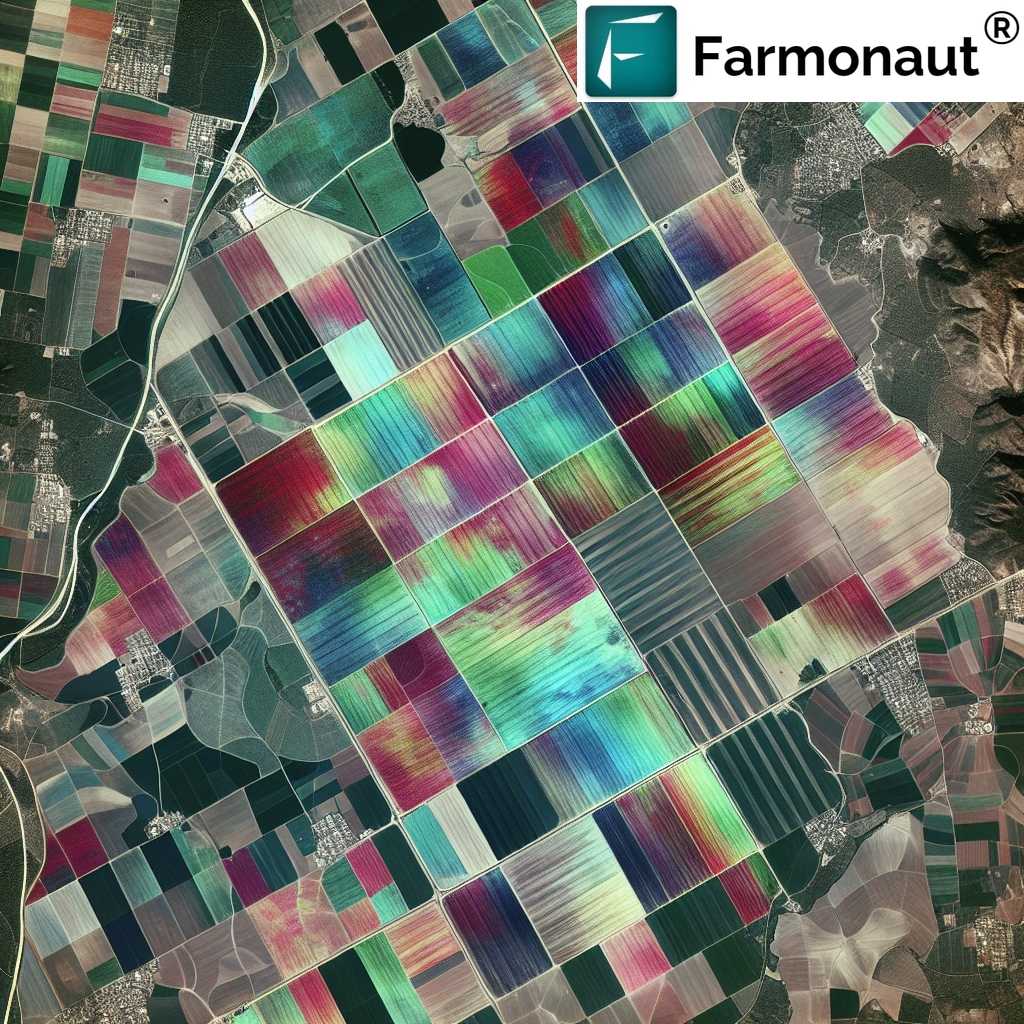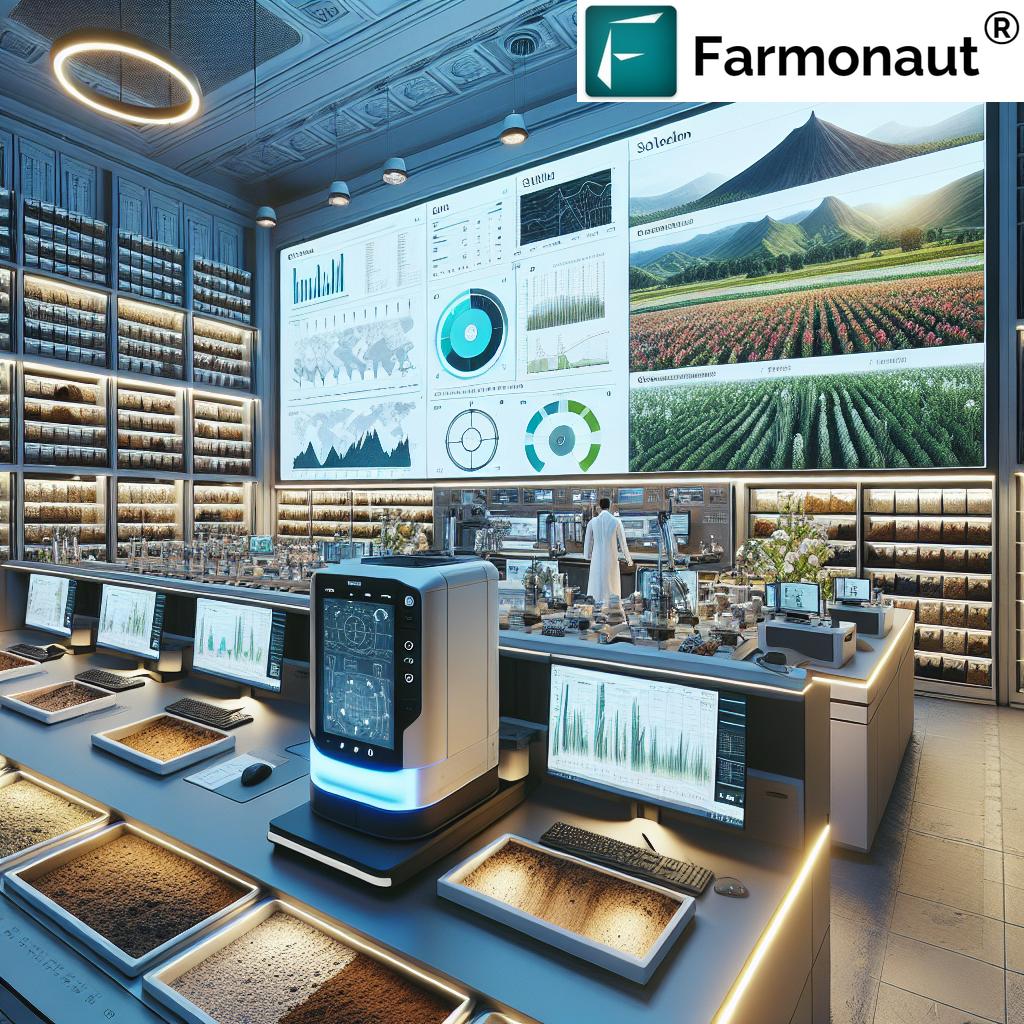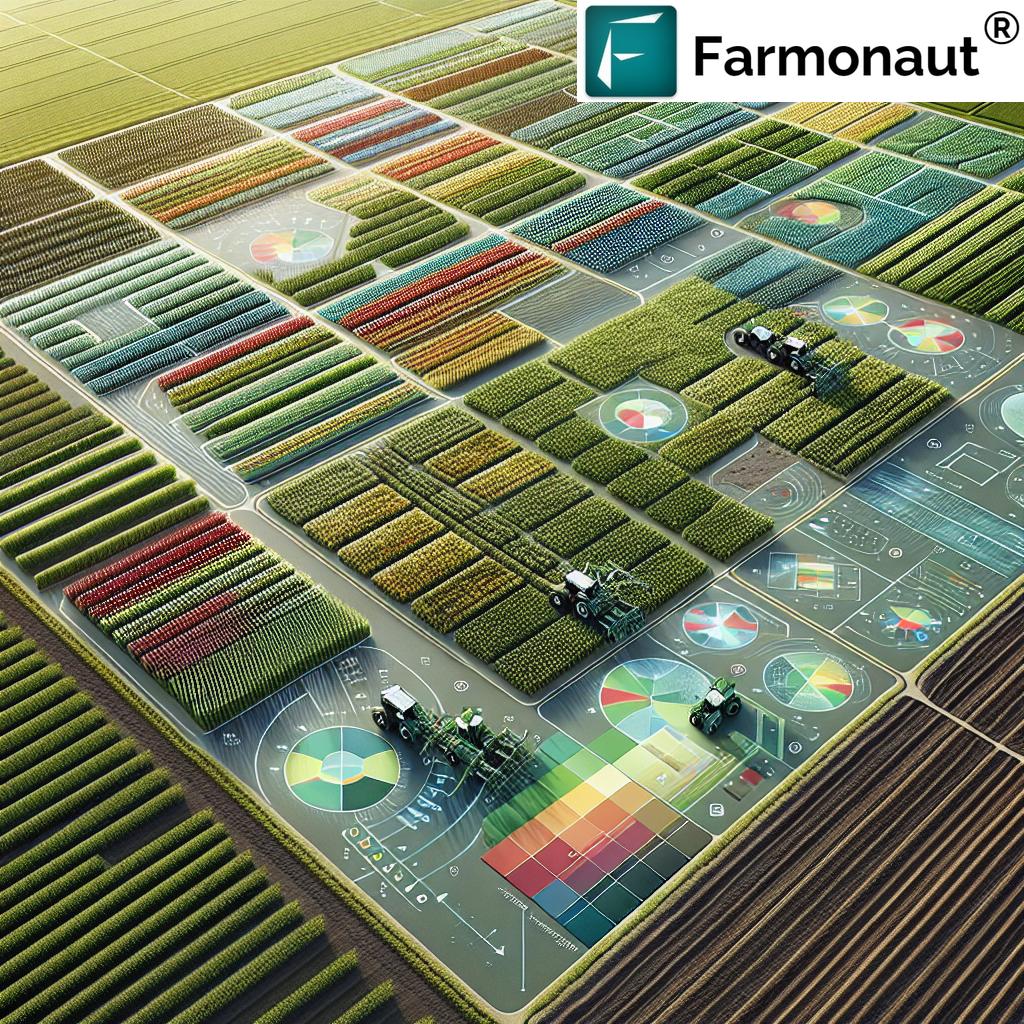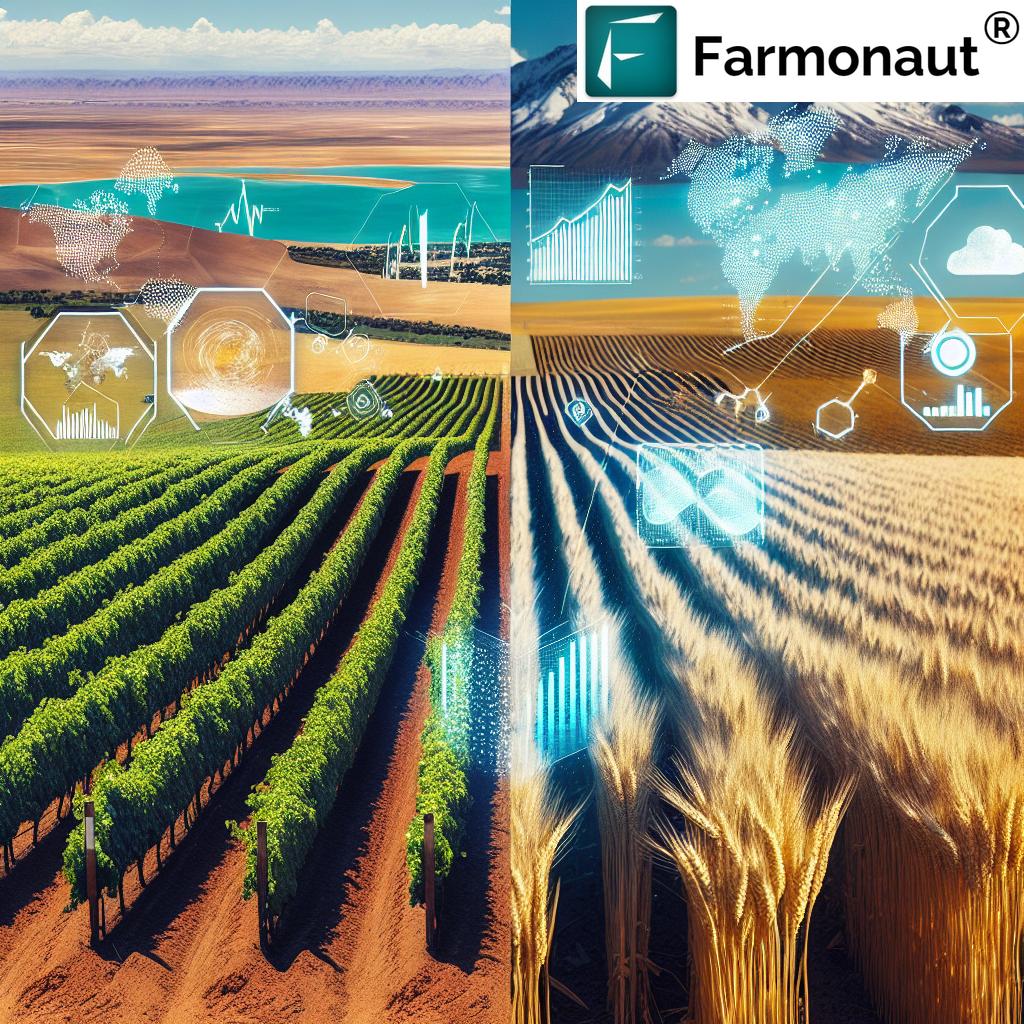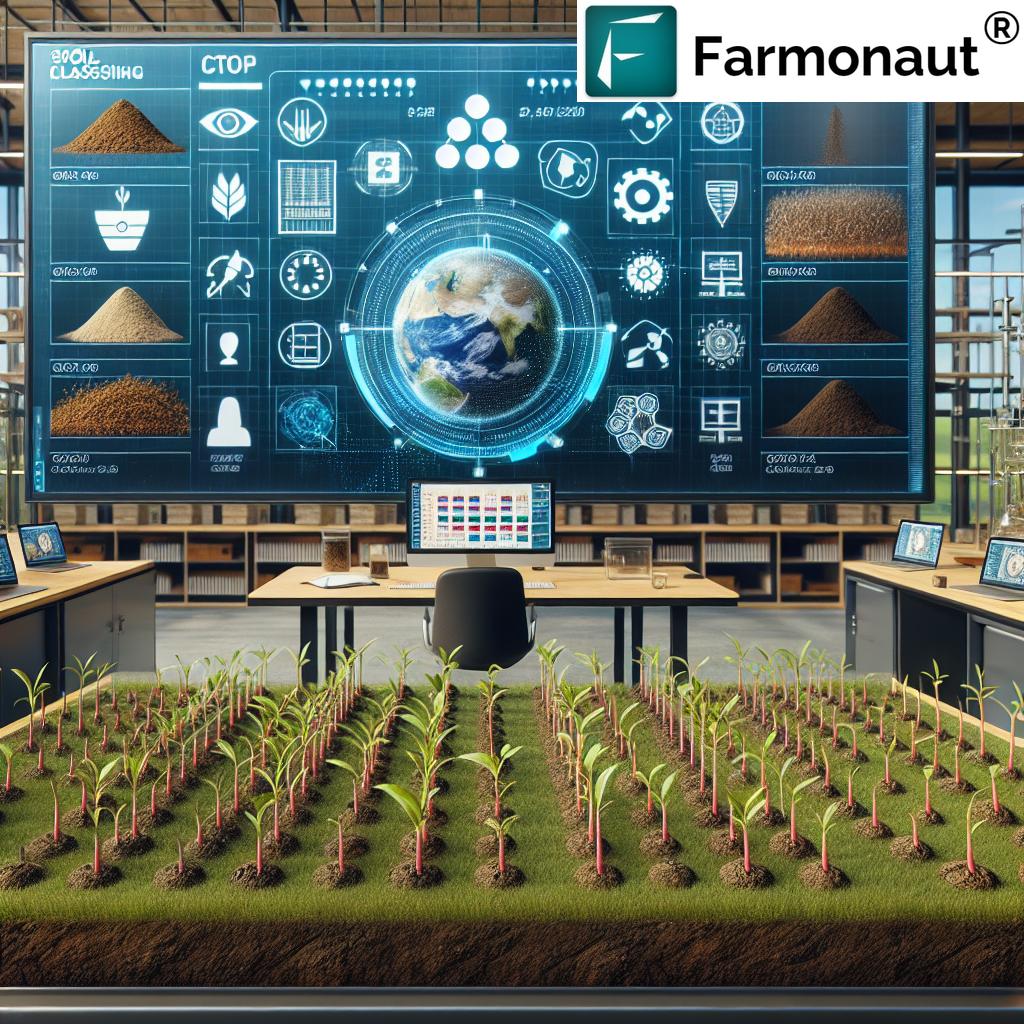CropHealth Hacks: 7 Tech Secrets to Explode Yields

“AI-driven crop monitoring can boost yields by up to 20% compared to traditional methods.”
Check the API Developer Documentation here.
Understanding Crop Health in Agriculture: A Comprehensive Overview
Maintaining optimal crop health is fundamental to reaping high yields and ensuring sustainable agricultural practices. Crop health encompasses the complete well-being of our plants—shaped by the quality of our soil, the presence or absence of pests or disease, environmental conditions, and innovative cultivation techniques. By monitoring these factors, proactively managing issues, and adopting emerging agricultural technologies, we can create more robust, productive, and sustainable farming systems—no matter the region or scale of operations.
Why Does Crop Health Matter?
- Healthy crops maximize yields and improve food security
- Strong crops are more resilient to pests, diseases, and climate stressors
- Monitoring and management promote sustainable farming practices and protect natural resources
- Utilizing techniques like satellite imagery for agriculture delivers early warnings for timely, cost-effective decision making
Blog Summary
This article delves into pivotal aspects of crop health monitoring, soil management, advanced AI and machine learning applications, state-of-the-art sensors, satellite imagery, and the best management practices that collectively amplify our yields and sustainability. We’ll also introduce cutting-edge solutions from Farmonaut that empower both smallholders and agribusinesses worldwide.
“Satellite imagery covers over 80% of global farmland for real-time crop health analysis.”
CropHealth Hacks: 7 Tech Secrets to Explode Yields
To unlock the next level of farm productivity, let’s explore seven revolutionary technologies and practices reshaping crop health management and yield optimization:
- Satellite Crop Health Monitoring & Remote Sensing
- AI & Machine Learning in Crop Management
- Smart Agriculture Sensors & Soil Management
- Drone Imagery & Aerial Crop Insights
- Precision Irrigation Systems
- Remote Pest & Disease Detection in Crops
- Advanced Weather Prediction Models
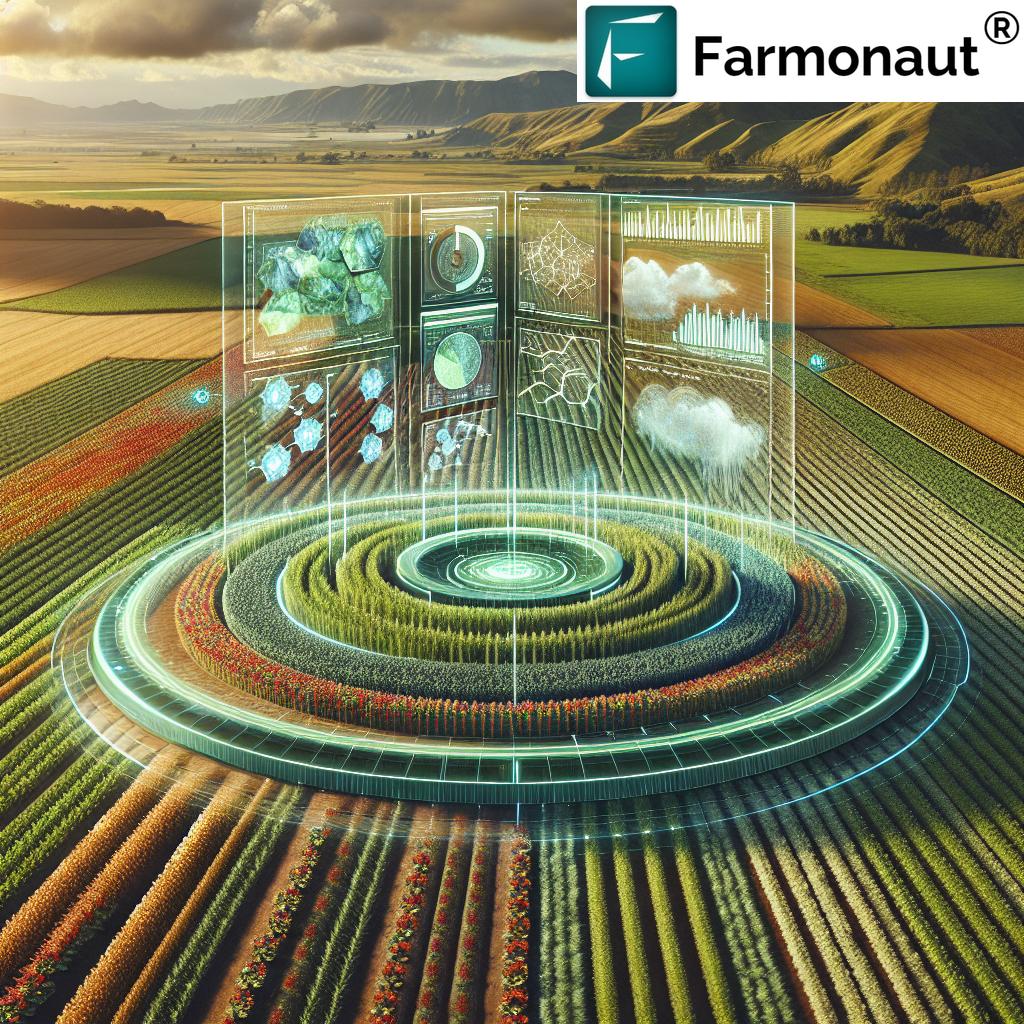
1. Satellite Crop Health Monitoring & Remote Sensing in Agriculture
We live in an era where satellite imagery for agriculture gives us unprecedented power to monitor crop health across vast areas. Through platforms like Farmonaut’s satellite-based crop health monitoring, we gain:
- Multispectral Data—Beyond what the naked eye sees, satellites capture vegetation indices (such as NDVI) to track plant growth, nutrient deficiencies, and stress caused by pests or water issues.
- Detection of large-scale stress factors & disease outbreaks—allowing us to take early, targeted measures to prevent widespread yield loss.
- Resource Optimization—Farmonaut’s app lets us monitor soil moisture levels, crop vigor, and field variability so we can fine-tune irrigation and fertilization.
- Reduced Inputs & Costs—By precisely applying water, fertilizer, or treatments only where and when needed, we minimize wastage and environmental impact.
Satellite-based monitoring is transforming crop health management worldwide—making cutting-edge precision agriculture both affordable and accessible. With platforms like Farmonaut, even smallholders can regularly analyze their crops and take action before issues escalate.
2. AI & Machine Learning in Crop Management
The next revolution is AI in crop management. Artificial intelligence, especially machine learning models, allow us to predict, analyze, and automate decisions that were previously reliant on slow, manual processes. Using platforms like Farmonaut’s Jeevn AI Advisory System:
- We receive real-time, personalized advice tailored for our fields and local environmental conditions
- AI analyzes huge datasets from satellite imagery, sensors, weather data, and historical patterns to identify threats and predict crop diseases and pest infestations
- AI-driven alert systems reduce human error and boost our ability to act proactively
- By acting at the first sign of trouble, we can prevent disease spread and maximize yield
AI-enabled crop health monitoring and advisory tools put the power of big data and advanced algorithms into our hands—helping us achieve optimal, sustainable yields no matter where we farm.
3. Smart Agriculture Sensors & Soil Health Management
The health of our soil is the bedrock of robust crops. Smart agriculture sensors—now affordable and easy to deploy—provide continuous data on:
- Soil moisture levels—allowing precise irrigation scheduling and preventing both drought stress and waterlogging
- Nutrient content—enabling targeted fertilization and reducing unnecessary chemical input
- Temperature, pH, and salinity—helping us maintain optimal growing conditions
- Wireless data transmission, supporting real-time alerts and decision-making from anywhere—we simply check our phones or dashboards
By implementing smart sensors, we promote soil health management and improve resource efficiency. Combined with regular soil testing and practices like adding organic matter or avoiding compaction, our soil becomes more productive and sustainable season after season.
4. Drone Imagery & Aerial Crop Insights
Drones, equipped with high-resolution or multispectral cameras, give us the power to “zoom in” on crop health at the plant or row level. Drone-based insights provide:
- Detection of nutrient stress (yellowing leaves, patchy growth) and disease outbreaks invisible from ground level
- Identification of localized pest infestations before they spread
- Rapid assessment after extreme weather events (flood, drought, wind), helping us plan recovery
- Efficient field mapping—ideal for targeting chemical treatments only where needed, minimizing cost and risk
These remote sensing in agriculture technologies help make precision agriculture feasible for even small and medium-sized farms. When we combine drone imagery with satellite data (via platforms like Farmonaut) we get the big picture and the fine details, unlocking new strategies for yield optimization.
5. Precision Irrigation Systems
One size does not fit all when it comes to watering crops. Precision irrigation systems (like drip- and sensor-driven irrigation) ensure each plant gets the right amount of water at the right time. These systems:
- Integrate with soil sensors and weather forecasting tools to automate schedules based on real-time data
- Reduce overwatering (preventing root rot, fungal disease, and nutrient runoff) and underwatering (avoiding drought stress)
- Lower water and energy bills, supporting sustainable agricultural practices
We can monitor irrigation remotely through farm management apps—saving time, water, and money while growing healthier crops and maximizing yield.
6. Remote Pest & Disease Detection in Crops
We know pests and disease threaten our yields, but catching outbreaks early is challenging. This is where remote pest and disease detection shines. Using data from satellites, sensors, and even smart field cameras:
- We spot the earliest symptoms of plant stress, pest infestations, and disease—even before they’re visible to the naked eye
- Machine learning algorithms can automatically identify suspicious patterns, such as irregular growth or color changes linked to specific pathogens
- We can deploy targeted treatments (biological, cultural, or chemical), drastically reducing chemical use and crop loss
A true game-changer for integrated pest management (IPM), this innovation helps us transform our pest strategy from reactive to proactive.
7. Advanced Weather Prediction Models
Weather is one of the most unpredictable factors in farming. Advanced weather prediction tools enable us to:
- Anticipate storms, heatwaves, rain deficits, and prepare accordingly
- Integrate forecasts with crop health monitoring and resource management apps for real-time risk assessment
- Adjust planting, harvesting, irrigation, and pest control schedules to mitigate climate risks
When paired with AI and satellite imagery (as in the Farmonaut advisory platform), we get truly localized, actionable decision support—empowering us to minimize loss and maximize yield, season after season.
Technology Impact Comparison: The 7 Tech Hacks for Exploding Yields
| Technology Name | How It Works | Key Benefits | Estimated Yield Increase (%) | Estimated Cost Savings (%) | Sustainability Impact | Adoption Level |
|---|---|---|---|---|---|---|
| AI-driven Crop Monitoring | AI analyzes crop, soil, climate & sensor data to flag issues & recommend interventions | Timely, tailored advice; early disease/pest detection; resource optimization | 15-20% | 12-18% | High | Emerging |
| Soil Sensors | Smart devices measure soil moisture, nutrients, and send real-time data | Targeted irrigation/fertilization; improved soil health; reduced input waste | 10-15% | 10-14% | High | Emerging |
| Drone Imagery | Drones with cameras capture high-res field images for analysis | Spot local stress, damage, or pest hotspots quickly; precision application | 8-12% | 8-12% | Medium | Emerging |
| Satellite Data | Satellites gather multispectral images & indices for large-scale monitoring | Early warnings; optimize resources & yield; monitor entire farms remotely | 12-17% | 9-13% | High | Widely Used |
| Precision Irrigation | IoT-controlled water delivery based on crop & soil needs | Water savings; prevents stress & disease; boosts plant performance | 10-18% | 18-25% | High | Emerging |
| Remote Pest Detection | IoT devices, sensors & AI detect pest & disease signatures in crops remotely | Immediate response; reduces chemical use; limits yield loss | 9-14% | 10-15% | Medium | Emerging |
| Weather Prediction Models | AI & remote sensing integrate climate data for hyperlocal weather forecasting | Prepares farmers for extremes; reduces disaster impact & input wastage | 7-10% | Up to 10% | High | Widely Used |
Farmonaut Technology & Solutions: Powering Yields with Data
How Farmonaut Delivers Value
Our mission at Farmonaut is to democratize smart agricultural technology, making precision farming accessible to all. Here’s how our platform stands out:
- Satellite-Based Crop Health Monitoring: Get actionable insights for vegetation health, nutrient, and moisture levels—directly from your mobile or web device.
- Jeevn AI Advisory System: Receive tailored crop management advice combined with local weather, soil, and satellite signals—right when you need it.
- Blockchain-Based Traceability: Use traceability to build transparent farm-to-fork supply chains and guarantee quality for end consumers. Explore our blockchain product traceability.
- Fleet & Resource Management: Keep tabs on all your machinery and fleet, plan logistics, and cut unnecessary costs for large/medium-scale farms.
- Carbon Footprinting: Track, analyze, and reduce your environmental footprint using real-time, field-level emissions data.
- API and App Access: Whether you are a smallholder, agribusiness, or government, our solutions scale to your needs. Integrate with your own apps using Farmonaut API.
Farmonaut for All Stakeholders
- Individual Farmers: Gain real-time insights on your fields to manage nutrient, water, and risk for every crop cycle
- Agribusinesses: Monitor expansive plantations, optimize resources, and ensure quality consistently at scale
- Financial Institutions: Simplify crop loan and insurance approvals and reduce payout risks with satellite-based field verification
- Corporate Supply Chains: Reinforce consumer trust via secure and transparent traceability
- NGOs & Governments: Launch and scale sustainable farming programs, with reliable crop monitoring across regions
Emerging Sustainable Farming Practices for Crop Health
Alongside digital breakthroughs, our field management approach must integrate classic best practices for robust crop health:
- Integrated Pest Management (IPM): Implement a balanced, eco-friendly approach using biological controls, resistant varieties, natural predators, crop rotation, and targeted chemical interventions only when necessary. More on IPM.
- Non-Pesticide Management (NPM): Focus on biological and cultural manipulations (like field sanitation, trap crops, rotation) to keep pests below damaging thresholds, limiting chemical use.
- Push–Pull Agricultural Pest Management: Employ repellent (“push”) and trap (“pull”) crops within the same field to naturally control pest pressure and minimize infestation.
- Soil Health Management: Maintain soil fertility through organic matter addition, reduced tillage, and proper water management. Regular soil testing ensures nutrient levels are optimal for plant health.
- Crop Rotation & Diversity: Break pest and disease cycles, improve soil structure, and promote balanced nutrition by varying crops each season.
- Targeted Watering Techniques: Use drip irrigation or soaker hoses to focus water at the base of plants (reducing disease spread) and irrigate in the cool of the morning to avoid fungal problems.
- Planting Disease-Resistant Varieties: Select crops bred to resist local pathogens and environmental stressors for resilient, high-yielding harvests.
- Farm Hygiene Practices: Regularly disinfect tools, monitor worker hygiene, and sanitize equipment to prevent the introduction and spread of pathogens within fields.
“Satellite imagery covers over 80% of global farmland for real-time crop health analysis.”
Frequently Asked Questions (FAQ)
What is crop health monitoring?
Crop health monitoring is the ongoing, systematic assessment of crops to detect issues like nutrient deficiencies, diseases, pest infestations, or environmental stress—using traditional methods and digital technologies including satellite imagery, AI, sensors, and remote sensing.
How do soil sensors help improve yields?
Soil sensors provide real-time data on moisture, nutrient levels, and other factors. This helps us optimize irrigation and fertilization, minimize waste, and ensure optimal growing conditions—leading to healthier plants and increased yields.
Can small farmers access these technologies?
Yes! Platforms like Farmonaut are designed to make advanced technologies (satellite monitoring, AI-driven advice, smart sensors) affordable and accessible even for smallholders, through mobile and web apps.
Does using AI and remote sensing reduce the need for chemical treatments?
Absolutely. By providing early warnings and precise targeting, AI and remote sensing enable integrated pest management, greatly reducing unnecessary chemical use and supporting sustainable farming practices.
Is it easy to integrate Farmonaut into our current farm operations?
Yes. Farmonaut’s tools are designed for seamless integration via web/mobile apps or our flexible API, enabling you to connect existing workflows, devices, and farm records.
How does satellite imagery for agriculture differ from drone surveys?
Satellite imagery covers entire regions quickly, enabling large-scale monitoring at regular intervals. Drone imagery allows for highly detailed, localized inspection. Together, they provide a complete picture for proactive crop health management.
Conclusion: The Future of Agricultural Yields is Data-Driven & Sustainable
Optimal crop health is no longer just about responding to visible issues—we now have the power to predict, prevent, and optimize every aspect of farming. By adopting these 7 technology hacks—from satellite crop health monitoring and AI-driven models, to smart sensors, aerial imagery, and integrated pest management—we build farms that are:
- More sustainable and resilient
- Efficient in resource use and cost
- Productive—with yields that keep rising, year after year
At Farmonaut, our commitment is to help every grower—regardless of size, geography, or crop—benefit from precision agriculture. Our suite of tools and data-driven insights make this technology affordable, accessible, and actionable.
To experience the power of crop health monitoring, actionable AI-based advisory, blockchain traceability, and robust resource management, choose Farmonaut today:
Ready to make every harvest a record harvest? Embrace data, technology, and smart practices—and watch your yield potential explode!





